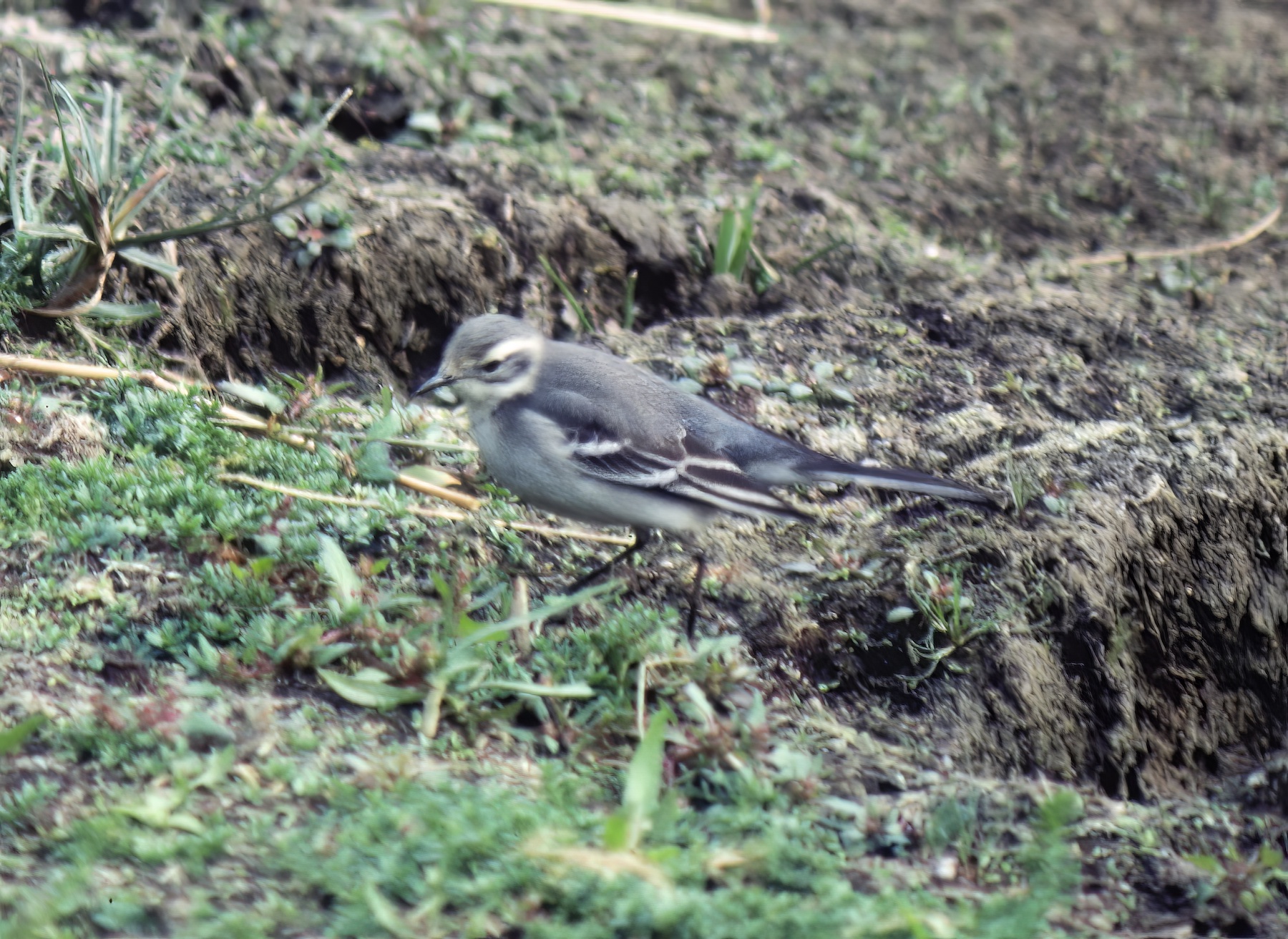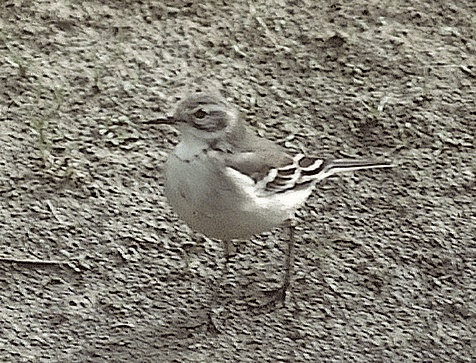Citrine Wagtail Motacilla citreola
Vagrant. Eastern Europe.


This was one of only two records that year, the other being in Lothian, Scotland in October. Whether this dearth of records reflects genuine rarity per se, or the difficulty of picking these birds out among the often very large numbers of its commoner congeners is speculative. The advice in the BBRC report for 1983 is still pertinent: Grey-and-white Yellow Wagtails M. flava are still causing problems, but the best pro-Citrine features include a clear-cut and complete pale ear-covert surround, a usually whitish or buffish forehead, and a loud, shrill, almost buzzing call. Formerly very rare in Britain since the first on Fair Isle in 1954, it has slowly increased since then up until the 1980s, but since then the upward trend in British records has been really striking. There have been many years since 2000 with records reaching double figures with 2008 (21), 2011 (20) and 2013 (22) being especially good years. Consequently, it ceased to be considered by BBRC from 2015. Lincolnshire is overdue another one.
| Site | First date | Last date | Count | Notes |
| Gibraltar Point NNR | 04/09/1983 | 10/09/1983 | 1 | 1CY bird |
Finder's report: Citrine Wagtail at Gibraltar Point, 4th-10th September 1983, first county record.
by Rob Watson.
Note: account taken from the Lincolnshire Bird Report for 1983. The BBRC report for 1983 noted that at the time grey-and-white Yellow Wagtails M.flava were still causing problems, but that the best pro-Citrine features include a clear-cut and complete pale ear-covert surround, a usually whitish or buffish forehead, and a loud, shrill, almost buzzing call. This record and two others in 1983 brought the British total to 36 records.
Circumstances
The occurrence of the BTO ringing course at Gibraltar Point usually ensures that all self-respecting vagrants keep well away from the reserve during that week! However, on the Sunday, K. W. Winfield, P. J. Keller, and I were in the Mere hide when a small pale wagtail flew in over the eastern bank. It began to take flies from the muddy shore between the Scirpus stems some 50 metres away, and although our views were restricted it was obvious that it was not one of the familiar wagtails. After 10 minutes it left the Mere to feed briefly in a recently cleared drainage ditch before moving to a dense bed of Scirpus where it was lost. On returning to the Mere the following evening it was observed on the island nearest the hide, thus affording much better views and confirming our belief that it was a juvenile Citrine Wagtail. From the two visits the following description was collated.
Description
Wagtail, size of a slim Meadow Pipit but with longer tail, although slightly shorter than Yellow Wagtail. Bill fine, medium length, black. Crown, nape, mantle ashy-grey; feathers of mantle with fine white tips giving scaly effect when very close. Rump darker grey, uppertail coverts blackish. Lores whitish, ear coverts light grey, flecked with white feathers. Thin, dark eye stripe from base of bill to just behind eye. Dark blue line from bill to lower edge of ear coverts, where it faded. Broad white supercilium, meeting at the front to give a light forehead; broadened over and above eye then narrowed further back to where it joined a narrow whitish surround to the ear coverts, most noticeable when close or seen head-on. Chin, throat, and side of neck white. Dark, triangular-shaped flecks starting from the sides of neck fading as they mapped the faint line of a gorget around the upper breast. This line was accentuated by the whiteness of the chin and throat against the dirty white of the breast and flanks through to undertail coverts. Wings dark grey. Median coverts strongly tipped white, greater coverts to a lesser extent giving a striking double wing-barred appearance. Primaries on closed wing dark, lighter edge to secondaries showing as a pale panel similar to Willow Tit. Tertials black with brownish inner webs and broad white outer webs. Tail blackish grey with strongly contrasting white outer feathers. Eyes dark, legs long and black, long prominent hind claws.
Call “zzrreeip” or “zzweeit”, loud, harsh, strident, sometimes almost bisyllabic, at others monosyllabic especially when flushed, when it often repeated. When feeding it had the gait of a small active wagtail, constantly jerking its head, but only occasionally wagging its tail. Flight buoyant and deeply undulating.
This was the first or second* record of Citrine Wagtail in Lincolnshire, the first British record being from Fair Isle in 1954. Normal breeding range is north-east and east Russia, west Siberia and west and Central Asia; the western race winters in Asia to Arabia and in north-east North Africa.
Note: *This remains the only accepted Lincolnshire record
References
Rogers, M., J., and the Rarities Committee, with comments by K. E. Vinicombe (1983). Report on rare birds in Great Britain in 1983. British Birds 77 (11): 506-562.
Watson, R.K. (Undated). Accounts of Lincolnshire Rarities: Citrine Wagtail at Gibraltar Point 4th-10th September 1983. Lincolnshire Bird Report 1983, 53-4.

